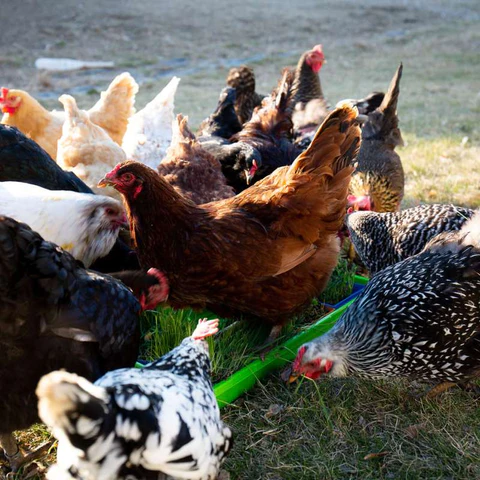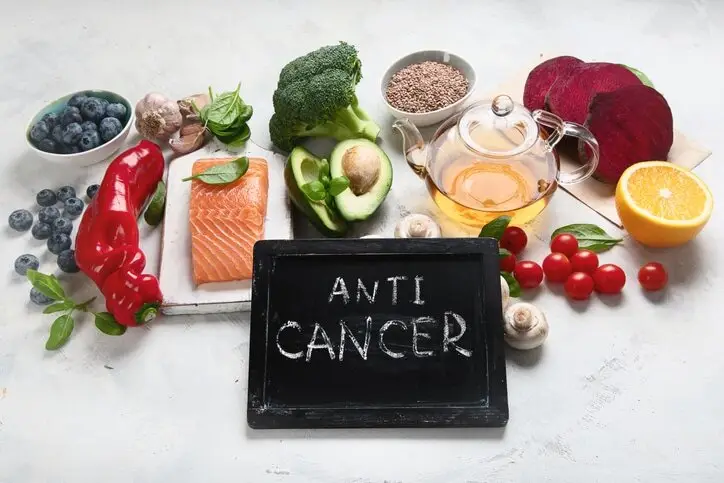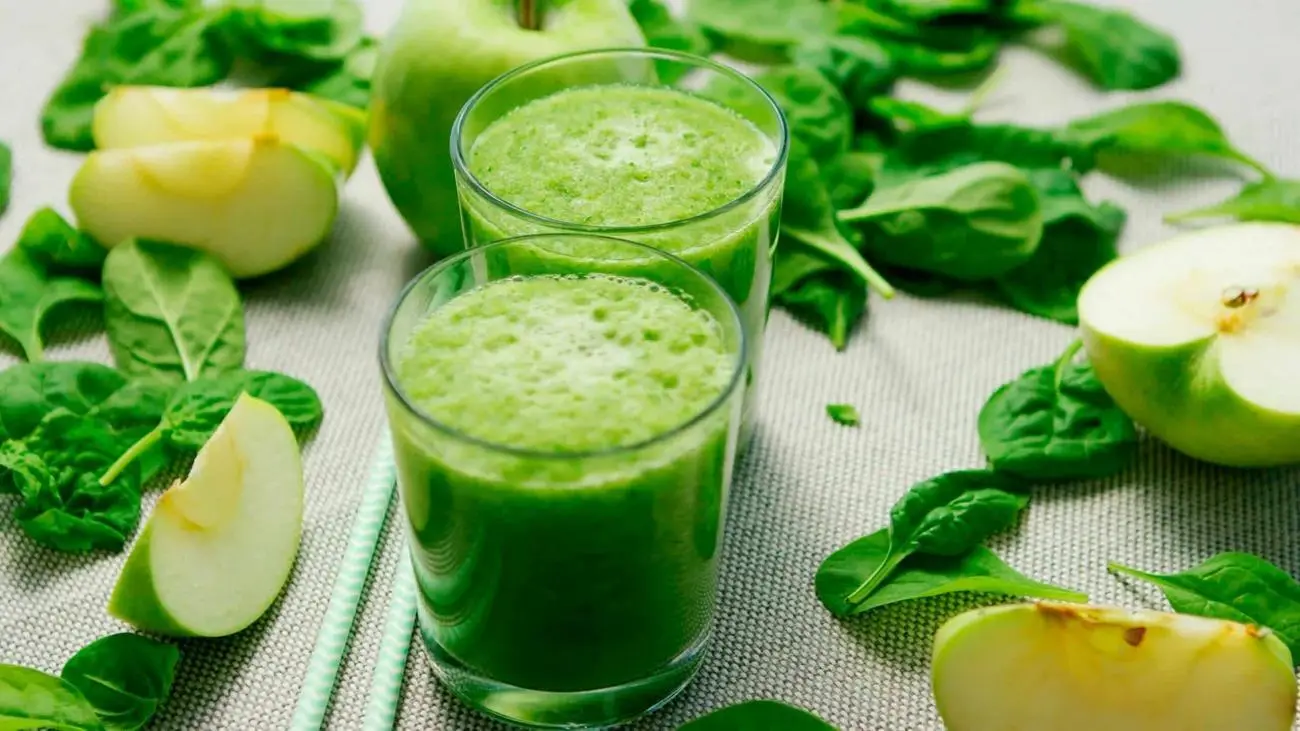Growing Fodder for Chickens at Home: A Nutritious and Economical Solution

Introduction to Microgreen Chicken Fodder
Providing proper nutrition for your chickens is essential to ensure their health, well-being, and productivity. While commercial chicken feed is readily available, it can be expensive and may contain additives. An alternative approach is to grow fodder for your chickens at home. Fodder, also known as sprouted grains, offers a cost-effective and natural way to provide your flock with highly nutritious feed. This article will guide you through the process of growing fodder for chickens in the comfort of your own home.
Benefits of Microgreen Chicken Fodder
- Cost-effective: Growing your own fodder can significantly reduce feed costs over time. A small investment in seeds can yield a substantial amount of sprouts, allowing you to feed your chickens at a fraction of the cost of commercial feed.
- Nutrient-rich: Sprouted grains are highly nutritious and offer a wide range of vitamins, minerals, and enzymes. As the seeds sprout, their nutritional value increases, making them an excellent source of protein, fiber, and essential nutrients for your chickens.
- Increased digestibility: Fodder is easily digestible for chickens due to the sprouting process. The sprouts contain enzymes that aid digestion and break down complex carbohydrates into simpler forms, making the nutrients more accessible to the chickens.
- Fresh and pesticide-free: By growing your own fodder, you have complete control over the growing process. You can ensure that no pesticides or harmful chemicals are used, providing your chickens with fresh and wholesome feed.

Getting Started: Steps to Growing Microgreen Chicken Fodder
Step 1: Selecting seeds Choose high-quality, untreated grains such as wheat, barley, oats, or corn - (more options are considered below). These grains are commonly used for fodder production and are readily available at most feed stores or online suppliers.
Step 2: Soaking the seeds Place the seeds in a container and cover them with water. Let them soak for approximately 12 to 24 hours, ensuring that they are fully submerged.
Step 3: Draining and rinsing After soaking, drain the water from the seeds and rinse them thoroughly to remove any impurities. Use a sieve or colander to facilitate drainage.
Step 4: Sprouting Spread the soaked seeds evenly on a tray or container with drainage holes. Keep the container in a well-ventilated area away from direct sunlight. Rinse the seeds twice a day, maintaining a moist environment without waterlogging.
Step 5: Harvesting Within 5-7 days, you will notice the seeds sprouting and growing into lush green fodder. Once the sprouts reach a desired length of 4-6 inches, they are ready to be harvested.
More on Plant Selection
When it comes to selecting plants for microgreen chicken fodder, there are several options that are nutritious and well-suited for sprouting. Here are some of the best plants to grow as chicken fodder:
- Barley: Barley is a popular choice for growing fodder due to its high nutritional value. It is rich in protein, fiber, and essential minerals, making it an excellent choice for promoting healthy growth in chickens.
- Wheat: Wheat is another commonly used grain for fodder production. It is packed with nutrients such as vitamins, minerals, and carbohydrates, providing energy and promoting overall well-being in chickens.
- Oats: Oats are highly nutritious and can be easily sprouted for chicken feed. They are a good source of protein, fiber, and antioxidants, supporting optimal health and vitality in your flock.
- Corn: Corn can be sprouted to provide an additional source of nutrition for your chickens. It is rich in carbohydrates and contains essential vitamins and minerals. However, it’s important to note that corn should be used in moderation and balanced with other grains due to its high starch content.
- Sunflower seeds: Sunflower seeds are an excellent addition to chicken fodder. They are a good source of healthy fats, protein, and essential nutrients. The sprouted sunflower seeds provide a nutrient boost and can be a favorite treat for your chickens.
- Peas: Peas are legumes that offer a good balance of protein and carbohydrates. Sprouting peas can provide a fresh and nutritious supplement to your chicken’s diet.
- Alfalfa: Although not a grain, alfalfa is a highly nutritious plant that can be grown as fodder for chickens. It is rich in protein, vitamins, and minerals, and its tender sprouts are readily consumed by chickens.
Remember to choose high-quality, untreated seeds for sprouting. It’s also a good idea to experiment with different combinations of grains to provide a varied diet for your chickens. By offering a diverse range of sprouts, you can ensure your chickens receive a balanced nutritional profile.
Additionally, it’s crucial to avoid toxic plants or those that are harmful to chickens. Research and consult reliable sources to ensure that the plants you choose are safe and suitable for chicken consumption.
Overall, growing a variety of grains and other plants for fodder will provide your chickens with a well-rounded and nutritious diet, promoting their health and productivity.
What equipment do you need to get started?
If you want to grow microgreen chicken fodder, you'll need a few materials to get started. You'll need a container like the 5x5, 1010 or 1020 trays mentioned above (check out our Bootstrap Farmer Collection) , seeds (such as alfalfa, clover, buckwheat, and barley), water, a spray bottle, shelving (optional, unless you're doing a large batch) and grow lights (optional). Depending on your preference, you may also need the supplies to disinfect your seeds, as described above.
Conclusion
Growing fodder for chickens at home is a sustainable and cost-effective way to provide your flock with highly nutritious feed. With a little effort and proper planning, you can easily incorporate this practice into your chicken-keeping routine. Not only will you save on feed costs, but you will also ensure that your chickens receive fresh, pesticide-free, and easily digestible nourishment. Start sprouting today and watch your chickens thrive on this homegrown, wholesome diet!
Feeding Fodder to Your Chickens
Once harvested, cut the microgreen chicken fodder into manageable portions and feed it directly to your chickens. You can either place the fodder in a feeding trough or hang it from a wire mesh for your chickens to peck at. It is important to note that chickens may take some time to adjust to the new feed, so introduce it gradually alongside their regular feed to ensure a smooth transition.














